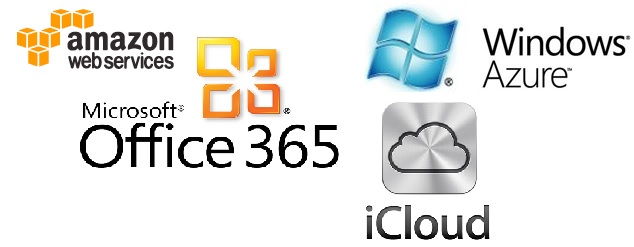
These are some common questions to a pretty abstract concept. Whenever you “back up to the cloud” there will be a server out there somewhere with your information. Whether you use Apple’s iCloud, Google’s Google Drive, Microsoft’s OneDrive, or the well known independents DropBox and SpiderOak, or even paid “backup” solutions which offer syncing, like Mozy and Carbonite, you are trusting your data to someone else. I understand how uncomfortable that can make some people – whether it’s just for your peace of mind, or for privacy reasons.
I use Microsoft’s OneDrive. I can install it on all of my computers (and even access it from my smart phone). What it will do, then: let’s say I have an Excel spread sheet. I create it, and save it in my OneDrive folder on my computer. It then goes up into Microsoft’s “OneDrive” server. If my other computers are on at the time, it sends the file down to those computers (if they aren’t on, they will sync the next time they are booted up). The next time I make a change to that file and save it, the changes go up to the cloud, then down to each computer again.
They encrypt your information to keep it safe from “hackers” – but it is widely believed that all of these companies have some kind of “back door” just in case the government or someone asks to take a peek (although they all claim they require a subpoena).
ALL OF THAT being said, if you’re interested in “hosting” it yourself, some companies have made that possible. The only disadvantage to something like this is, in the event of a fire burning your house down and all of your computers, there is no “cloud” backup. It is more like cloud syncing, but there is no backup to pull from “out on the internet.” LifeHacker put together an article with instructions for using the OwnCloud software to host a cloud-sync service on your own home computer.
Some devices exist that can simplify the process for you. You can buy a device called a Pogoplug, and there is even an episode of TWiT.tv’s Know-How… dedicated to setting it up.
It’s a lot of information to take in, but I hope this helps! Feel free to ask questions in the comments!
